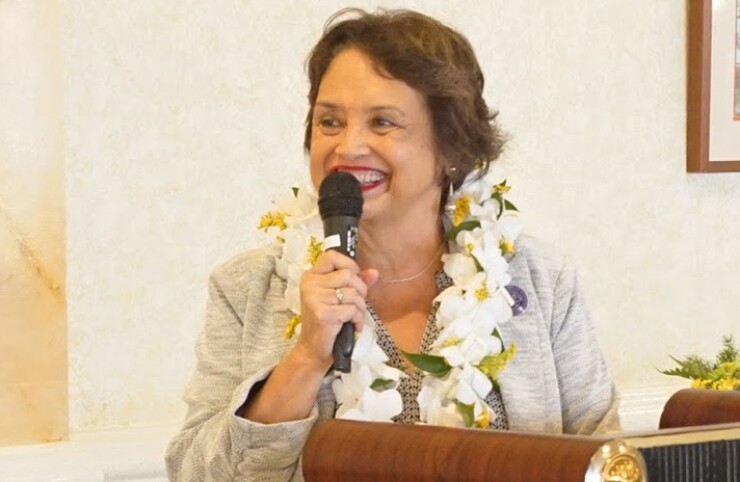Guam’s issuer rating
Moody’s upgraded Guam’s issuer rating, general obligation bonds, hotel occupancy tax bonds, and business privilege tax bonds to Baa3 from Ba1 and raised the COPs to Ba1 from Ba2. The outlook is stable.
Along with increased federal support and military spending on the island, the rating agency noted the government’s available fund balance reached 13.9% of own-source revenue at the end of fiscal 2022 and said it expected this will continue to improve.
Balancing against these strengths are a small economy heavily reliant on tourism, low resident income levels and “very high total long-term liabilities and fixed costs,.” Moody’s said. The territory also faces “above-average” exposure to environmental risks, mainly in the form of typhoons and sea-level rise.
“This move reflects the important role the Guam plays in national defense which only grows more important every day in the face of Chinese actions in the Pacific,” said Joseph Krist, publisher of Muni Credit News. “Guam has also been more responsive in terms of tightening up its financial reporting and has shown a reasonable approach to managing its finances.
“Tourism and weather have always been concerns,” Krist continued. “Tourism will eventually come back and the presence of significant military assets supports strong responses to things like typhoons and other natural disasters. The investment grade rating makes sense.”
Moody’s rates $417 million out of a total of $880 million of bonds outstanding. Guam’s central government has $1.2 billion of net tax-supported debt and $4.8 billion of total long-term liabilities, Moody’s said. Guam’s nominal gross national product in 2021 was $6.1 billion.
In fiscal 2021 the general fund balance was positive for the first time since fiscal 2013, Moody’s said. “Fiscal 2024 budgeted general revenue represents a 14.3% increase over fiscal 2023 revenues,” Moody’s said. “For the first three months of fiscal 2024, general fund revenue was … 13% ahead of budgeted revenue.” The rainy-day fund is about 4.6% of fiscal 2023 general revenues.
Gov. Lourdes Lou Guerrero
However, there were 602,000 visitors in fiscal 2023 compared to 1.63 million in fiscal 2019. Tourism was decimated by the COVID-19 pandemic and has gradually recovered.
While
Guam’s government expects to replace Guam Memorial Hospital at a cost of $800 million. While it has set aside $200 million in federal money for this purpose, it expects to borrow the rest. This borrowing would not “materially affect” the territory’s credit, Moody’s said.
Guam’s long-term liabilities as a percent of own source revenue declined to 482% in 2022 from 559% in 2020, compared to the 50-state median of 127%. Available cash as a percent of own-source revenue increased to 13.9% in 2022 from -0.3% in 2020, compared to the 50-state median of 38.6%.
Guam officials did not immediately respond to a request for a comment.
S&P Global Ratings rates the GO BB-minus, the COPs B-plus, the business privilege tax bond BB, and a limited obligation (Section 30) bond BB.
